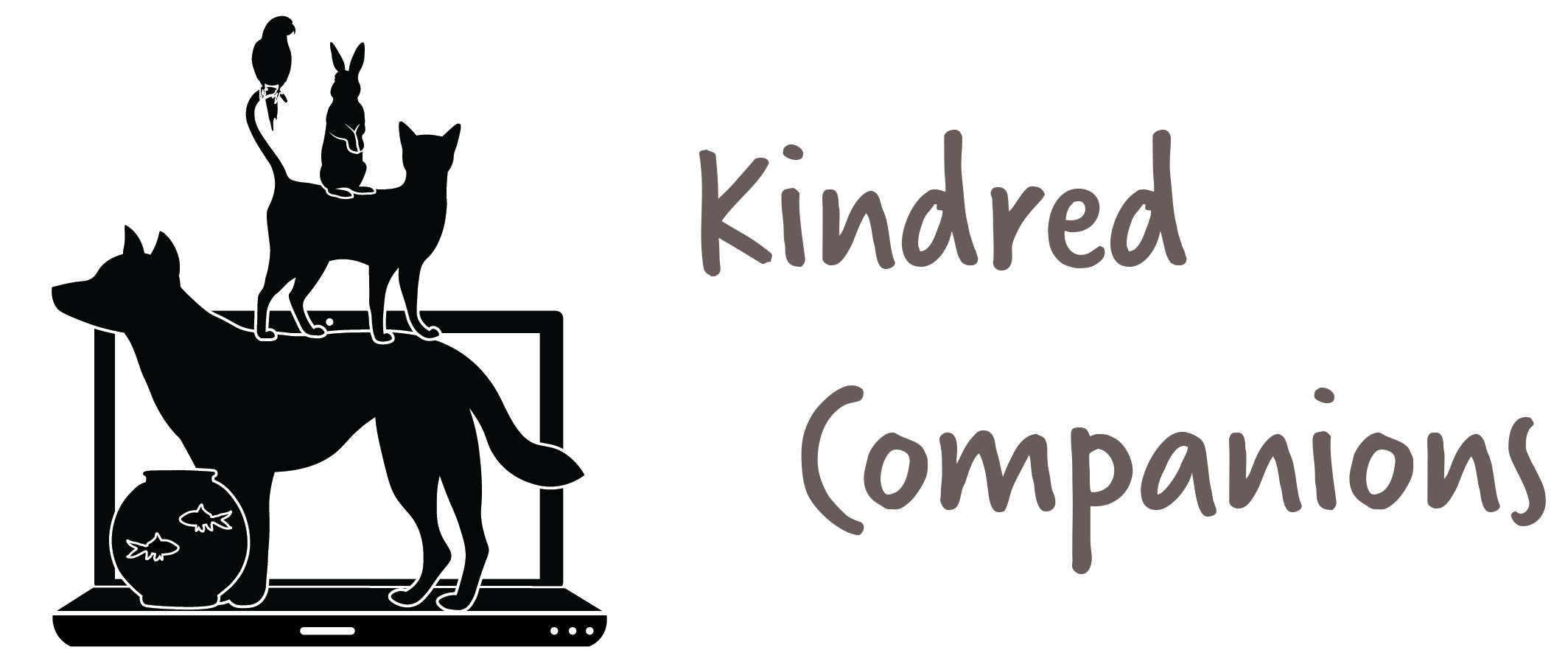Your Dog's Facebook - How Dogs Use Social Media
Your Dog’s Facebook - How Dogs Use Social Media
By Tori Peterson
You walk out of the house in the morning before work to walk your dog. You are expecting a quick potty break, but your pup has other plans. She walks around sniffing each tree, hydrant, and blade of grass with precision making sure that she doesn’t miss a single one. You are impatiently waiting on the sidewalk wondering if this dog is going to make you late for work. You check Twitter, Instagram, and Facebook while you wait for your dog to finish up so you can go in.
Your dog is doing the same thing. She is checking her social media.
Here a beagle is urinating on a fire hydrant and when the next dog walks up, she smells the beagle's pheromones and she marks the spot. To an extent, this is analogous to a person scrolling down facebook and "liking" a post.
When dogs smell the air or the ground, the molecules that make up the scent travel into the dog’s nares (nostrils). The scent is trapped by mucus in the nasal cavities. These chemicals are picked up by sensory cells. These cells are attached to cilia (finger like projections) that are connected to sensory receptors. The message is then sent to the olfactory bulb in the brain where the chemical is processed. The brain translates the message so that the dog is able to understand it. They are able to create memories and emotional responses which give the scent meaning.
If that wasn’t enough, dogs are able to pick up on other volatile molecules called pheromones. Pheromones are chemicals secreted by the body through substances such as urine, sweat, and saliva. Since these chemicals are volatile, meaning that they evaporate, the dog is able to smell the molecules in the air. Pheromones have a behavioral effect on dogs, which explains mating displays, newborn puppies bonding with their mothers, and many others. These molecules are taken in by a special organ that we don’t have called the vomeronasal organ which is able to process pheromones. You may have seen your dog lick urine, start wrinkling their forehead and chatter their jaw. This move is called the “flehmen response” which allows the pheromones to enter the vomeronasal organ more effectively.
Dogs are able to do this because of their highly efficient olfactory system. Unlike humans who have only 6 million receptors, dogs can have 300 million!
So the next time your dog is sniffing around in an intense manner, she is just checking her social media. She is taking in the scents or pheromones and her brain is turning them into something with meaning. Just like when we scroll and see our friend posting something that means something to us, whether it is a happy memory or something that makes us anxious. Her mood changes in the same way. She may take this information and create an emotional response to it. Some dogs mark spots that other dogs have urinated on. This may be your dog saying, “like!” to whatever the dog was feeling…or maybe the sad face…we don’t know exactly what is going on in their heads.
Be patient with your dog, they are just catching up on the daily neighborhood gossip in scent form. Go on walks when you have time to let them smell and take their time to process the world around them.

